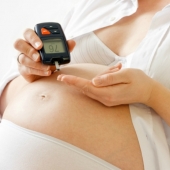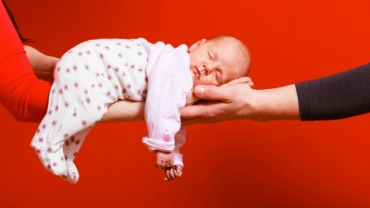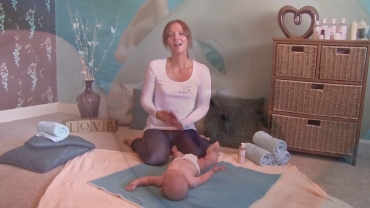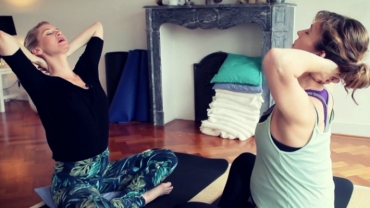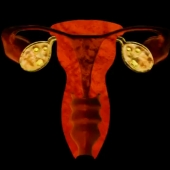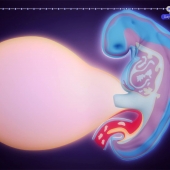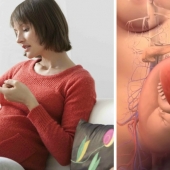Childbirth usually begins spontaneously, about 280 days after conception, but it may be started by artificial means if the pregnancy continues past 42 weeks gestation. The average length of labor is about 14 hours for a first pregnancy and about eight hours in subsequent pregnancies. However, many women experience a much longer or shorter labor.
Labor will also vary from pregnancy to pregnancy in the same woman. In some cases women will be through labor in just a few hours while others will be in labor for a long period of time that takes a great deal of stamina to manage. You will not know how your labor is going to progress until it begins. However, understanding the stages of labor can help you to prepare for your experience.
What happens in the first stage of labour?
During pregnancy, your cervix is closed and plugged with mucus, to keep out infection. Your cervix is long and firm, giving a strong base to your uterus (womb). It's also in a position that points slightly towards your back (posterior position).
In the first stage of labour, your cervix has to move forward (anterior position), ripen and open, so your baby can be born. By the end of this stage your cervix will be fully dilated, and open to about 10cm in diameter.
What happens in the second stage of labour?
During the second stage of labour, you will push your baby down your vagina (the birth canal) and meet him or her for the first time.
You'll feel the pressure of your baby's head low down in your pelvis, and with each contraction, may have two or three strong urges to bear down. Listen to your body, and let it push in response to the urges. Take a few breaths between pushes.
With every bout of bearing down, your baby will move through your pelvis a little, but at the end of the contraction, he'll probably slip back a little again. Don't despair. As long as your baby keeps gradually moving down, you're making progress.
When your baby's head is far down in your pelvis, you'll probably feel a hot, stinging sensation. This will happen as the opening of your vagina starts to stretch around your baby's head.
Your midwife will tell you when she can see your baby's head, and may ask you to stop pushing and to take short, panting breaths. This helps you to resist the urge to bear down for two or three contractions, so that your baby is born gently and slowly.
Taking this approach also helps you to avoid a tear or an episiotomy. Your midwife may use warm compresses to support your perineum as your baby is born for the same reason.
What happens in the third stage of labour?
The third stage of labour begins once your baby is born, and ends when you deliver the placenta and the empty bag of waters that are attached to the placenta (membranes). These come away as your uterus contracts down after the birth.
Your contractions will be noticeable but weaker when they begin again, as your uterus (womb) contracts down. The placenta gradually peels away from the wall of your uterus, and you may get the urge to push again. The placenta, with the membranes attached, will drop to the bottom of your uterus (womb), and out through your vagina.
Many hospitals routinely offer an injection that makes the placenta come out (a managed third stage). This reduces blood loss at the time, but may cause side-effects, because of the drugs used. You won't have to do any pushing, as the drugs will stimulate your contractions and, once detached, your midwife will gently pull out the placenta and membranes.
If all went well in your pregnancy and labour, you can choose to have a natural (physiological) third stage. This is when you deliver the placenta without the help of drugs, unless they are needed. Upright positions, skin-to-skin contact with your baby, and starting to breastfeed your baby, may all help to stimulate contractions.
Whether you have a natural or a managed third stage, it's usually possible for you to have delayed cord clamping, which may benefit your baby. When the third stage is complete, you can spend a little time getting to know your new baby.
- 8272 views

